
70s Style
What is the 70s Style?
Some of the most popular styles of the 70s were:
Hippie: This style was inspired by the counterculture movement of the 1960s and featured natural fabrics, earthy tones, tie-dye, ethnic prints, fringes, bell-bottoms, and flowing silhouettes.
Hippie accessories included headbands, beads, feathers, and leather.Glam rock: This style was influenced by the music genre of the same name and featured flamboyant and theatrical outfits, often with glitter, sequins, metallics, and bright colors.
Glam rock also embraced androgyny and gender-bending, with men wearing makeup, platform shoes, and tight pants.Disco: This style was associated with the dance craze of the late 70s and featured shiny and sparkly fabrics, such as satin, lamé, and lurex.
Disco outfits were designed to catch the light and show off the body, with halter tops, wrap dresses, jumpsuits, and hot pants.
Disco accessories included gold chains, hoop earrings, and high heels.Bohemian: This style was influenced by the folk and ethnic trends of the early 70s and featured loose and comfortable clothing, such as peasant blouses, maxi skirts, kaftans, and ponchos.
Bohemian also incorporated elements of vintage and retro fashion, such as lace, crochet, embroidery, and floral patterns.
Bohemian accessories included scarves, hats, belts, and boots.
It can be reworked and updated for a modern and chic look, by mixing and matching different elements and adding contemporary touches.
The 70s style is a great source of inspiration for anyone who wants to have fun and experiment with fashion.
Example of the color palette for the image of 70s Style

See these colors in NCS, PANTONE, RAL palettes...
Why do the 70s Style clothes look good?
Some of the reasons why the 70s fashion is appealing are:
It was inspired by the hippie and flower-power movements, which promoted peace, love, and freedom.
The bohemian and ethnic styles, such as maxi dresses, tunics, and fringes, embodied a natural and relaxed vibe.This style was influenced by the disco and glam rock music scenes, which celebrated glamour, fun, and individuality.
The shimmery, colorful, and tight-fitting outfits, such as jumpsuits, hot pants, and platform shoes, captured the spirit of dancing and partying.It was a response to the social and political changes of the time, such as the feminist and punk movements.
The pantsuits, blazers, and neckties showed women's empowerment and professionalism in the workplace.
Leather jackets, ripped jeans, and safety pins expressed rebellion and defiance against the mainstream culture.It was a result of the creativity and innovation of the designers and celebrities of the era.
Names like Yves Saint Laurent, Emilio Pucci, Stephen Burrows, Halston, Bianca Jagger, Diana Ross, Cher, Debbie Harry, Farrah Fawcett, Grace Jones, Jane Birkin, Ali MacGraw, and Diane Keaton created iconic looks that mixed different styles and elements from various sources.
It is still relevant today because it can be adapted and reinterpreted to suit modern tastes and preferences.
Example of the color palette for the image of 70s Style

See these colors in NCS, PANTONE, RAL palettes...
Who can wear the 70s Style garments?
The 70s were a decade of diverse and eclectic styles, ranging from hippie and bohemian to disco and glam rock.
Whether you prefer a natural and relaxed look, a bright and bold statement, or a chic and sophisticated outfit, there is a 70s style that suits you.
Some of the key characteristics of 70s attire include high waists, wide-legged pants, midi-length skirts, and the use of fabrics like suede, denim, and corduroy.
Accessories such as platform shoes, oversized sunglasses, and bold jewelry also played a significant role in defining the 70s look for ladies.
Some of the most iconic celebrities and style icons of the 70s were Cher, Debbie Harry, Farrah Fawcett, Bianca Jagger, and Diane Keaton.
They each had a unique and influential style that reflected their individuality and charisma.
Cher was known for her boho-chic and ethnic-inspired outfits, Debbie Harry for her punk and rock-and-roll edge, Farrah Fawcett for her sporty and casual elegance, Bianca Jagger for her glamorous and sophisticated disco attire, and Diane Keaton for her androgynous and quirky pantsuits.
If you want to rock your retro style, you can take inspiration from these 70s fashion icons and trends, and mix and match them with your modern wardrobe.
For example, you can pair a peasant blouse with a pair of jeans, or a midi skirt with a turtleneck sweater.
You can also add some flair with a pair of platform sandals, a floppy hat, or a statement necklace.
The key is to have fun and experiment with different colors, patterns, and textures, and find the 70s style that best expresses your personality and mood.
Example of the color palette for the image of 70s Style

See these colors in NCS, PANTONE, RAL palettes...
Are the 70s Style clothing in style?
Whether you want to channel your inner hippie, disco diva, glam rocker, or boho-chic babe, you can find inspiration from the 70s fashion trends.
Some of the most popular 70s items that are still wearable today include:
Maxi boho dresses with bright patterns and lace trim
The pantsuit, especially in denim or corduroy
Knee boots with rounded toes, paired with mini skirts or flared pants
Bell bottom pants and jeans, also known as flares or loons
Peasant blouses, tunic tops, halter tops, and band shirts
Homemade and decorated clothing with patches, fringe, embroidery, and tie-dye
You can mix and match different pieces to create your own unique look that reflects your personality and mood.
The 70s style clothing is a great way to add some retro flair and color to your wardrobe.
Example of the color palette for the image of 70s Style

See these colors in NCS, PANTONE, RAL palettes...
70s Style in fashion - when did it appear?
Originating in the late 1960s, the hippie style continued into the early 1970s with its ethnic, handmade, and natural elements.
The mid-1970s saw the emergence of glam rock and disco, which introduced flashy, colorful, and androgynous outfits.
The late 1970s witnessed the rise of punk, new wave, and athletic wear, which favored more casual, rebellious, and sporty looks.
One of the most iconic fashion items of the 1970s was the wrap dress, designed by Diane von Fürstenberg in 1974.
The wrap dress was a simple and versatile garment that could be worn by women of different shapes, sizes, and occasions.
It was also seen as a symbol of women's liberation and empowerment, as it allowed women to express their individuality and style.
Example of the color palette for the image of 70s Style

See these colors in NCS, PANTONE, RAL palettes...
Who usually wears 70s Style clothing?
The 70s style clothing can be divided into several genres and styles, such as hippie, disco, glam rock, boho-chic, sporty-chic, safari, military, ethnic, and folk.
Each of these styles had its own distinctive features, such as bell-bottom pants, platform shoes, vests, long collared shirts, tight tees, turtleneck sweaters, leisure suits, flower patterned dress shirts, sideburns, and tennis headbands.
Some of the people who usually wear 70s style clothing today are those who appreciate the retro and vintage vibes of the decade, as well as the creativity and expression that it embodied.
Some examples of celebrities who have rocked the 70s style clothing in recent years are Harry Styles, Zendaya, Margot Robbie, Gigi Hadid, and Bruno Mars.
These stars have shown how to rework the 70s style clothing into their modern wardrobe, by mixing and matching different pieces and accessories, and adding their own personal touch.
For instance, Harry Styles has worn floral and paisley print shirts, flared jeans, and suede boots, while Zendaya has dazzled in a sparkly purple jumpsuit, a shaggy faux fur coat, and platform sandals.
70s style clothing is not only a fashion trend, but also a way of expressing one's personality and individuality.
By wearing 70s style clothing, one can channel the spirit of the decade, which was all about freedom, experimentation, and fun.
Whether it is for a casual day out, a party, or a themed event, 70s style clothing can add some flair and color to any outfit.
The key is to find the style that best suits one's preferences and tastes, and to have fun with it.
70s style clothing is a timeless and versatile fashion choice that can suit anyone who wants to stand out from the crowd.
Example of the color palette for the image of 70s Style

See these colors in NCS, PANTONE, RAL palettes...
What are some of the most iconic 70s Style outlooks?
The hippie look, which featured tie-dye shirts, bell-bottoms, fringed vests, headbands, and ethnic accessories.
This style was inspired by the counterculture movement and expressed a sense of freedom and individuality.The disco look, which was influenced by the music and dance scene of the late 70s.
This style featured shimmery fabrics, sequins, halter tops, jumpsuits, platform shoes, and flared pants.
This style was glamorous and flashy, and often worn by celebrities like Donna Summer and Bianca Jagger.The glam rock look, which was popularized by musicians like David Bowie and Elton John.
This style involved theatrical makeup, glitter, feathers, leather, metallics, and bright colors.
This style was daring and rebellious, and challenged the conventional gender norms of the time.The bohemian look, which was inspired by the folk and ethnic trends of the early 70s.
This style featured peasant blouses, maxi dresses, capes, ponchos, embroidery, and natural fabrics.
This style was romantic and feminine, and often worn by actresses like Ali MacGraw and Diane Keaton.
Example of the color palette for the image of 70s Style
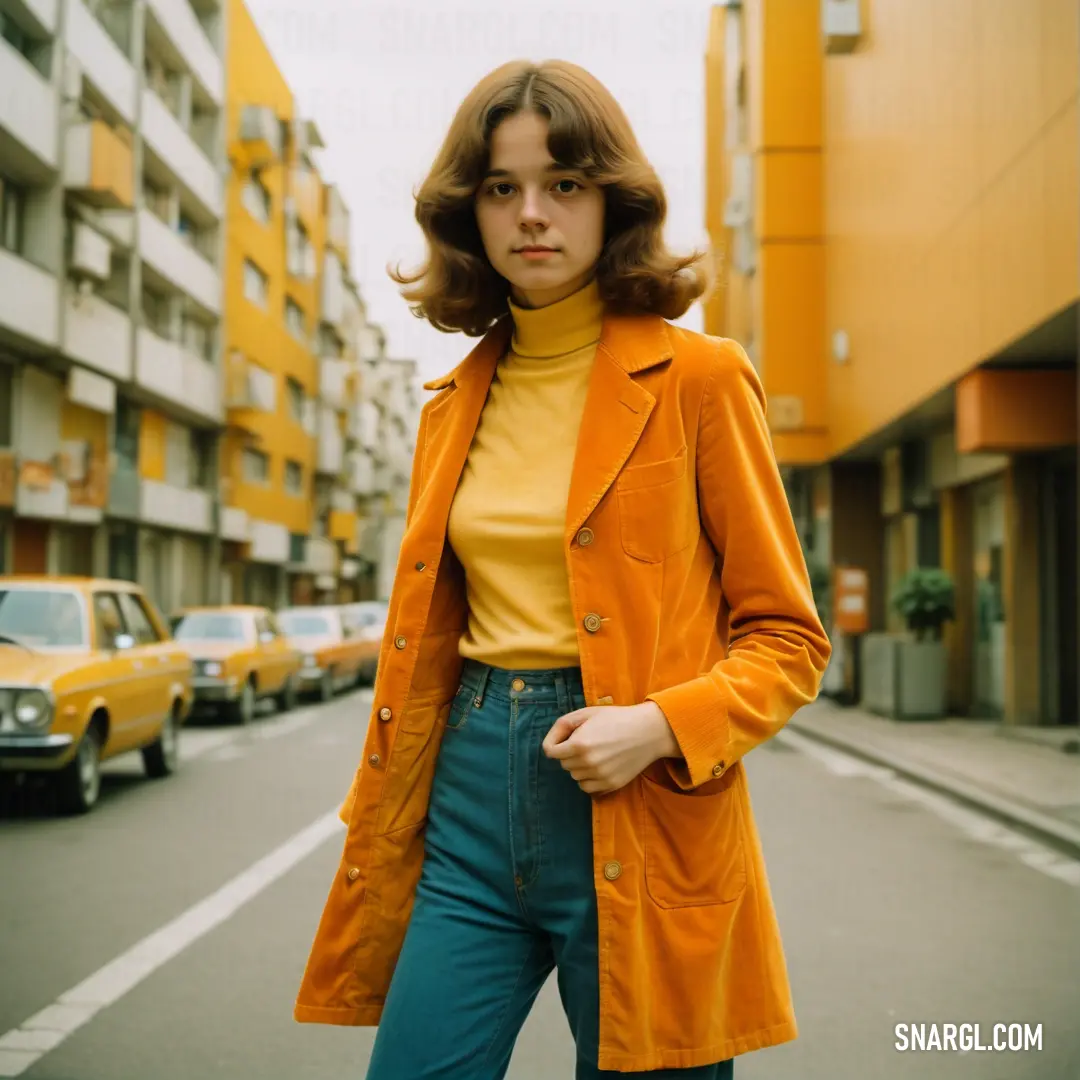
See these colors in NCS, PANTONE, RAL palettes...
How to incorporate other influences or trends into the 70s Style?
Here are some possible ways to do so:
If you love the bohemian and hippie vibe of the 70s, add some ethnic or folk elements to your outfit, such as embroidery, patchwork, or paisley prints.
Accessorize with beads, feathers, or tassels for a whimsical touch.
A scarf tied around your neck or head can also add some flair to your look.If you prefer the glam rock and disco style of the 70s, experiment with metallics, sequins, or glitter to make your outfit shine.
Try some bold colors, such as red, purple, or pink, to stand out from the crowd.
A pair of platform shoes or boots can also elevate your look.If you like the tailored and sophisticated style of the 70s, mix and match some classic pieces, such as a blazer, a trench coat, or a wrap dress.
Add some denim or leather to your outfit for a casual twist.
A pair of aviator sunglasses or a wide-brimmed hat can also complete your look.
Example of the color palette for the image of 70s Style
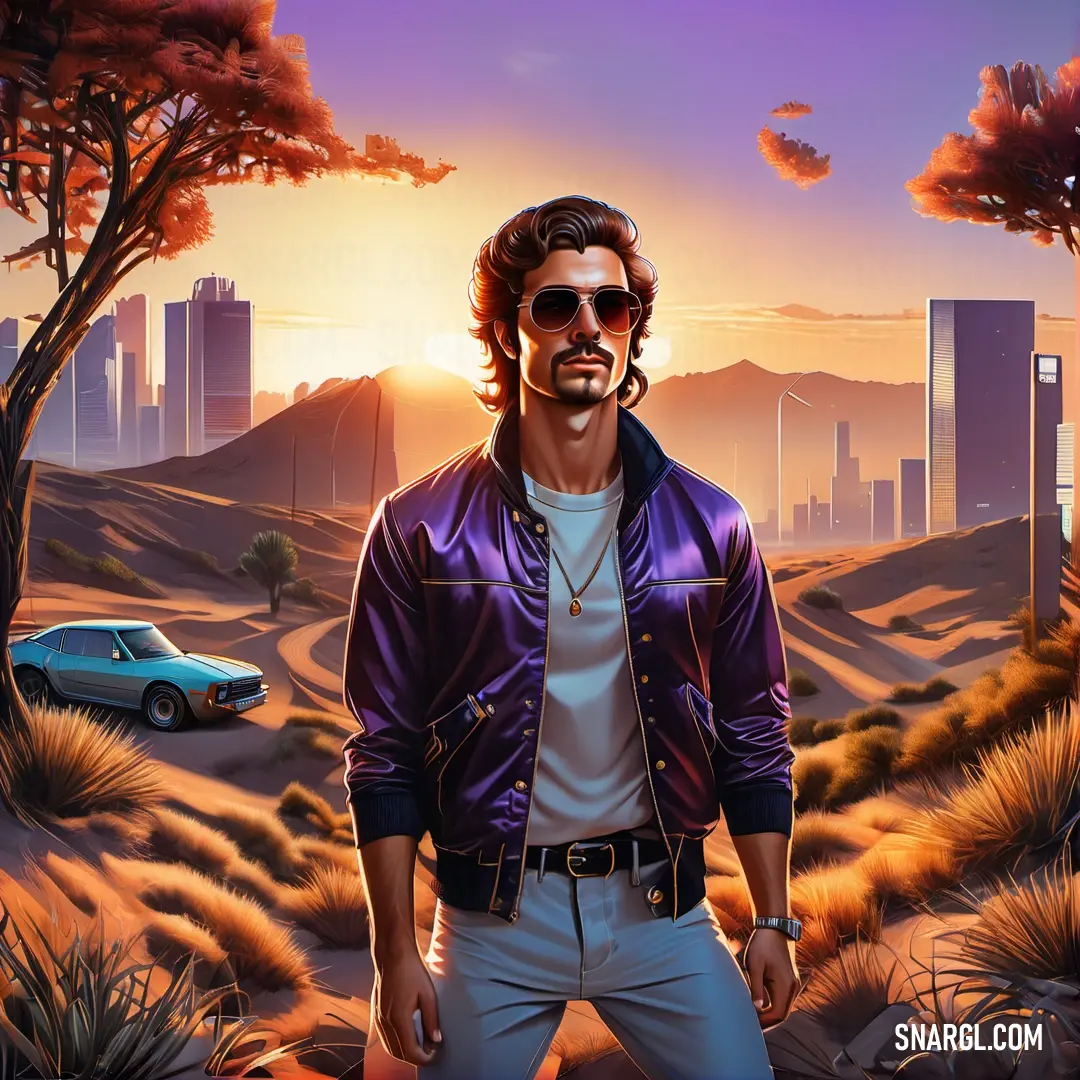
See these colors in NCS, PANTONE, RAL palettes...
What are the essential 70s Style clothing items and accessories?
To achieve the 70s look, you will need some essential clothing items and accessories that reflect the spirit of the decade.
Here are some suggestions:
Flared pants: Flared pants, also known as bell-bottoms, were a staple of 70s fashion for both men and women.
They were usually made of denim, corduroy, or polyester, and came in various colors and patterns.
Flared pants created a flattering silhouette and added a touch of flair to any outfit.Platform shoes: Platform shoes were another iconic item of the 70s style.
They featured thick soles that added height and drama to the wearer.
Platform shoes came in many styles, such as boots, sandals, and sneakers, and were often embellished with glitter, studs, or buckles.Tie-dye: Tie-dye was a popular technique of dyeing fabric in bright and psychedelic colors.
It was associated with the hippie movement and the counterculture of the 70s.
Tie-dye was used to create shirts, dresses, skirts, scarves, and more.Fringe: Fringe was another element that added movement and texture to 70s clothing.
It was inspired by the Native American and Western styles, and was often seen on jackets, vests, skirts, and bags.
Fringe gave a bohemian and free-spirited vibe to the 70s look.Satin: Satin was a smooth and shiny fabric that was perfect for the disco era.
It reflected light and created a glamorous effect.
Satin was used to make dresses, blouses, pants, jumpsuits, and more.
Satin clothing often featured bold colors, prints, or sequins.Wide ties: Wide ties were a must-have accessory for men in the 70s.
They were usually made of polyester or silk, and came in bright colors or geometric patterns.
Wide ties added a pop of color and personality to any suit or shirt.Headbands: Headbands were a simple and versatile accessory that could complete any 70s outfit.
They were worn by both men and women, and could be made of fabric, leather, metal, or beads.
Headbands could be worn across the forehead, over the hair, or around the neck.
Example of the color palette for the image of 70s Style

See these colors in NCS, PANTONE, RAL palettes...
How to keep the 70s Style updated and fresh?
From hippie and bohemian to disco and glam rock, the 70s had something for everyone.
To keep the 70s style updated and fresh, you can mix and match some of the key items and details from the era with your modern wardrobe.
Here are some tips on how to do that:
For a boho-chic look, opt for flowy dresses, skirts, and blouses in earthy tones, floral patterns, or ethnic prints.
Also add some accessories like chokers, headbands, scarves, and fringed bags.For a disco-inspired look, go for shimmery fabrics, bright colors, and bold patterns.
You can also wear platform shoes, flared pants, wrap dresses, and jumpsuits.
Don't forget to add some glitter and glam to your makeup as well.For a glam rock look, channel your inner rock star with leather jackets, studded belts, ripped jeans, and metallic accents.
You can also rock some statement pieces like feather boas, sequin tops, or animal prints.For a casual look, embrace the sporty-chic vibe of the 70s with sweaters, T-shirts, jeans, and sneakers.
Add some flair with vintage items like denim jackets, corduroy pants, or aviator sunglasses.
You can also get inspired by some of the iconic celebrities and fashion icons of the decade, such as Cher, Debbie Harry, Farrah Fawcett, and Bianca Jagger.
Remember, there are no rules in the fashion game, as Vogue proclaimed in the early 70s.
Example of the color palette for the image of 70s Style

See these colors in NCS, PANTONE, RAL palettes...
What are the common mistakes or faux pas to avoid when dressing 70s Style?
However, there are some common mistakes or faux pas to avoid when trying to achieve this look.
Here are some tips to help you avoid them:
Don't mix too many prints or patterns.
The 70s were known for their bold and colorful prints, such as florals, paisleys, geometrics, and stripes.
However, wearing too many of them at once can create a chaotic and cluttered appearance.
Instead, choose one or two prints that complement each other and balance them with solid colors.Don't wear clothes that are too tight or too loose.
The 70s style was all about finding the right fit for your body type and comfort level.
Whether you opt for flared jeans, wrap dresses, or jumpsuits, make sure they fit you well and flatter your figure.
Clothes that are too tight can restrict your movement and look unflattering, while clothes that are too loose can make you look sloppy and outdated.Don't overdo the accessories.
The 70s were a time of experimentation and expression, and accessories played a big role in that.
However, wearing too many accessories can overwhelm your outfit and take away from its simplicity and elegance.
Instead, choose a few statement pieces that match your outfit and style, such as a headscarf, a pair of sunglasses, a belt, or a necklace.Don't ignore the shoes.
The shoes you wear can make or break your 70s outfit.
The 70s were known for their iconic footwear, such as platform shoes, clogs, boots, and sandals.
However, not all shoes go well with every outfit.
For example, platform shoes may look great with flared jeans or a mini skirt, but not with a maxi dress or a jumpsuit. Choose shoes that suit your outfit and the occasion, and make sure they are comfortable and practical.Don't forget the hair and makeup.
The 70s were also a time of diversity and creativity when it came to hair and makeup.
From natural and bohemian to disco and glam rock, there were many styles to choose from.
However, don't try to copy them exactly or go overboard with them.
Instead, find a style that suits your face shape, skin tone, and personality, and adapt it to the modern times.
For example, you can opt for a soft wave or a sleek bob for your hair, and a neutral or a bright lip color for your makeup.
By following these tips, you can achieve a chic and authentic 70s look that reflects your individuality and taste.
Example of the color palette for the image of 70s Style

See these colors in NCS, PANTONE, RAL palettes...
How has the 70s Style changed or evolved over time?
Some of the main factors that shaped the 70s Style were:
The continuation and transformation of the hippie movement, which embraced ethnic, natural, and handmade elements, as well as psychedelic patterns, tie-dye, flares, and bell-bottoms.
The rise of disco and glam rock, which introduced flashy and glamorous styles, such as platform shoes, sequins, satin, jumpsuits, and androgynous looks.
The influence of celebrities and icons, such as Jane Birkin, Cher, Bianca Jagger, Joni Mitchell, and Diane von Fürstenberg, who popularized trends like the wrap dress, the peasant blouse, the halter top, and the maxi coat.
The growth of women's rights and the youth counterculture, which challenged the traditional norms and expectations of gender and sexuality, and encouraged individual expression and experimentation.
The development of new technologies and mass production, which enabled higher standards, efficiency, and variety in the fashion industry, as well as the availability of cheap synthetic fabrics and materials.
Example of the color palette for the image of 70s Style
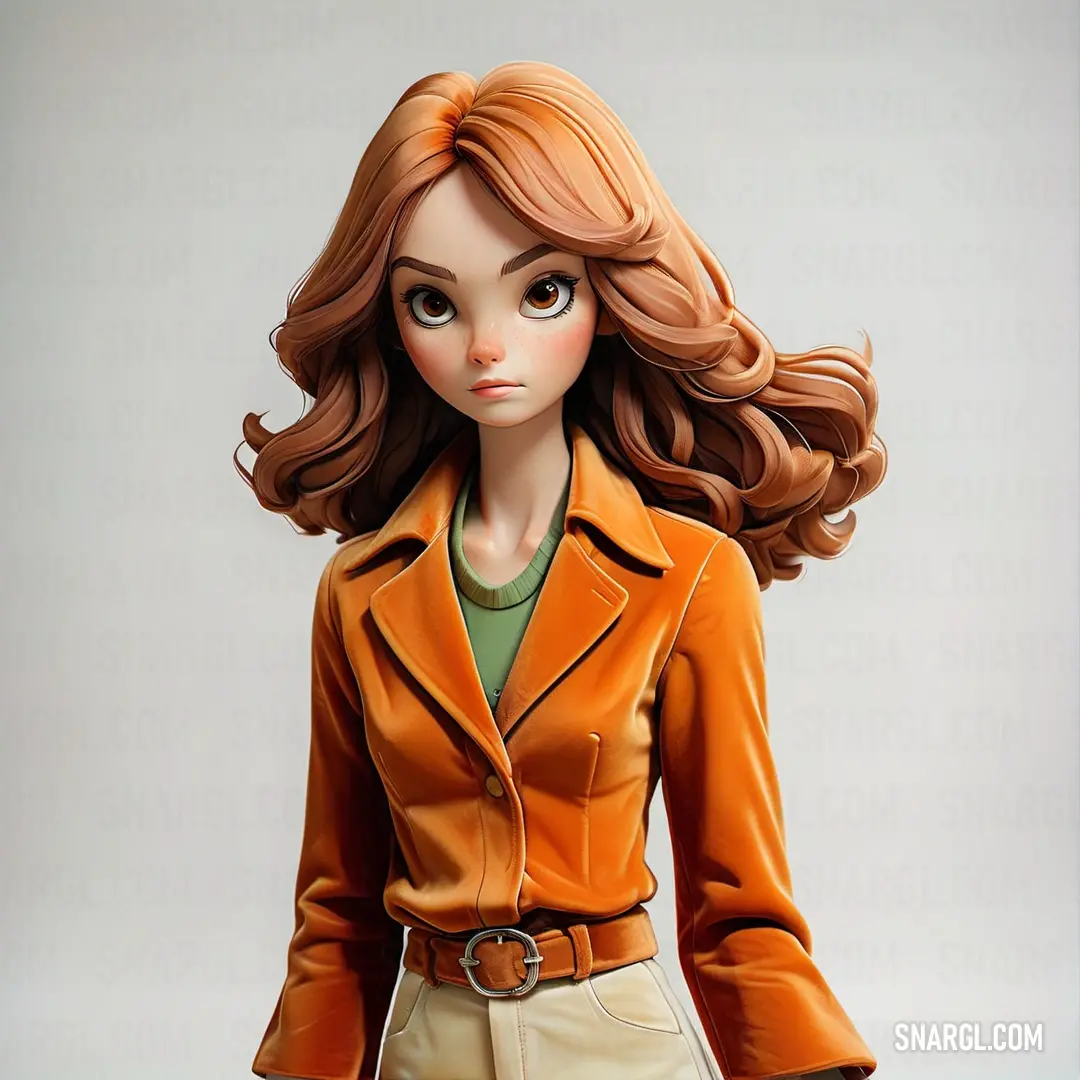
See these colors in NCS, PANTONE, RAL palettes...
What are the best tips and tricks for mastering 70s Style?
Here are some tips and tricks for mastering this look:
Experiment with colors.The 70s style is known for its vibrant and playful hues, such as mustard yellow, burnt orange, citrine, and turquoise. You can mix and match these colors or pair them with neutrals for a more balanced look.
Embrace textures. The 70s style features a variety of tactile materials, such as velvet, shag, macramé, and crochet. These can add some coziness and interest to your outfits. Try a velvet blazer, a shaggy rug, or a macramé wall hanging.
Choose retro patterns. The 70s style is also characterized by funky and geometric prints, such as paisley, floral, plaid, and chevron. You can incorporate these patterns into your clothing or accessories for a pop of personality. Try a paisley dress, a floral blouse, or a plaid scarf.
Go for flared silhouettes. The 70s style is famous for its flared pants and skirts that create a flattering shape. You can opt for jeans, corduroys, or leather pants with a flared leg, or a midi skirt with some volume. Pair them with a fitted top or a crop top for contrast.
Accessorize with statement pieces. The 70s style is all about making a statement with your accessories. You can choose bold jewelry, such as hoop earrings, chunky necklaces, or bangles, or fun hats, such as berets, fedoras, or floppy hats. You can also add some sunglasses, belts, or scarves for extra flair.
Rock some wicker or rattan furniture.
The 70s style is not only limited to your wardrobe but also to your home decor. Wicker and rattan furniture are lightweight and natural materials that can bring some warmth and texture to your space. Try a wicker chair, a rattan table, or a basket bag.
Remember to have fun and express yourself with this eclectic and colorful look!
Example of the color palette for the image of 70s Style

See these colors in NCS, PANTONE, RAL palettes...
How does the 70s Style fit with the music, art, or hobbies preferences?
Some of the main influences on the 70s style were:
The disco craze, which popularized flashy and colorful outfits, platform shoes, flared pants, and glittery accessories. Disco music was a fusion of funk, soul, R&B, and pop that featured catchy melodies, pulsating rhythms, and danceable beats.
The punk movement, which rebelled against the mainstream culture and the establishment with a DIY attitude, a raw and aggressive sound, and a provocative and anti-fashion aesthetic. Punk rockers wore ripped jeans, leather jackets, safety pins, spikes, and mohawks.
The hippie culture, which continued from the 60s and embraced a natural and bohemian lifestyle, influenced by Eastern spirituality, environmentalism, and peace activism. Hippies wore tie-dye shirts, bell-bottoms, peasant blouses, ethnic jewelry, and sandals. They also enjoyed listening to psychedelic rock, folk music, and reggae .
The feminist movement, which challenged the traditional gender roles and stereotypes and advocated for women's rights and empowerment. Feminist artists used various media to express their personal experiences, critique the patriarchy, and raise awareness of social issues. Feminist fashion ranged from androgynous suits to glamorous dresses.
Example of the color palette for the image of 70s Style

See these colors in NCS, PANTONE, RAL palettes...
How does the 70s Style suit different seasons, occasions, or settings?
Summer Look:
Channel the bohemian and hippie vibes with a floral or patchwork dress, a floppy hat, and sandals.
Opt for a ruffled crop top and a high-waisted skirt, as seen on Goldie Hawn.
Winter Look:
Embrace the glam rock and disco styles with a shearling coat, a sequined dress, and platform boots.
Go for a more casual style with a turtleneck sweater, flared jeans, and a leather jacket, as worn by Jackie Kennedy.
Formal Look:
Choose a sleek and elegant dress in satin or lamé fabric, with a halter or plunging neckline.
Add accessories like a statement necklace, earrings, or a clutch.
Bianca Jagger was the queen of the 70s formal style.
Casual Look:
Mix and match different prints and patterns, such as checks, stripes, florals, and polka dots.
Wear a denim jacket, a button-down shirt, and belted trousers for a laid-back vibe.
Diane von Furstenberg and her husband Prince Egon von Fürstenberg showed how to rock the 70s casual style.
Example of the color palette for the image of 70s Style

See these colors in NCS, PANTONE, RAL palettes...
What are the past or classic trends or influences in 70s Style?
The 1920s and 1930s: Flapper dresses, Art Deco prints, and bias-cut gowns were revived by designers like Halston and Yves Saint Laurent.
The 1940s and 1950s: Pin-up styles, polka dots, pencil skirts, and rockabilly looks were popularized by stars like Farrah Fawcett and Debbie Harry.
The 1960s: Mod fashion, psychedelic patterns, miniskirts, and bell-bottoms continued to be worn by young people in the early 70s.
The Victorian and Edwardian eras: Lace-trimmed prairie dresses, granny dresses, and ruffled blouses were worn by hippies and bohemians who embraced a natural and romantic look.
Example of the color palette for the image of 70s Style

See these colors in NCS, PANTONE, RAL palettes...
What are the current or upcoming trends or innovations in 70s Style?
Some of these trends are making a comeback in 2023, with some modern twists and updates.
Here are some of the current or upcoming trends or innovations in 70s style:
Flares: Flared pants, also known as bell-bottoms, were a staple of 70s fashion, worn by both men and women.
In 2023, flares are back in style, but with more variety and versatility.
You can find flares in different fabrics, such as denim, corduroy, or velvet, and in different colors and prints.
Flares can be paired with crop tops, blouses, sweaters, or jackets for a retro-chic look.Shag haircut: The shag haircut was popularized by celebrities like Farrah Fawcett, Jane Fonda, and David Bowie in the 70s.
It is a layered hairstyle that adds volume and texture to the hair.
In 2023, the shag haircut is still trendy, but with more variations and customization.
You can choose the length, shape, and fringe of your shag haircut to suit your face and style.
You can also add some color or highlights to your shag for a more modern touch.Silk shirts: Silk shirts were a glamorous and sophisticated choice for men and women in the 70s.
They came in various colors and patterns, often with collars and buttons.
In 2023, silk shirts are still a great option for adding some elegance and luxury to your outfit.
You can wear them with jeans, skirts, or suits for a polished look.
You can also opt for satin or velvet shirts for a similar effect.Knitted vests: Knitted vests were a cozy and casual piece of clothing in the 70s.
They were often worn over shirts or dresses, or as standalone tops.
In 2023, knitted vests are back in fashion, but with more creativity and flair.
You can find knitted vests in different styles, such as cropped, oversized, or fitted, and in different colors and designs.
You can also layer them with other pieces of clothing for a more interesting look.Disco curls: Disco curls were a fun and festive hairstyle for women in the 70s.
They were created by using curling irons or rollers to create tight and bouncy curls all over the head.
In 2023, disco curls are still a playful and glamorous way to style your hair.
You can use modern tools and products to create smoother and shinier curls that last longer.
You can also experiment with different sizes and shapes of curls to suit your preference.
Example of the color palette for the image of 70s Style

See these colors in NCS, PANTONE, RAL palettes...
What are the future or potential trends or directions in 70s Style?
The decade was marked by a diversity of styles, from hippie and boho to disco and glam rock, that reflected the social and cultural changes of the time.
Some of the future or potential trends or directions in 70s style are:
The revival of the pantsuit as a versatile and empowering outfit for women, especially in bold colors and patterns that contrast with the traditional business attire.
A return of the denim suit as a casual and comfortable option for both men and women, inspired by the retro nerd aesthetic and the sustainability movement.
A reinterpretation of the hippie and boho looks with more ethically sourced and organic fabrics, such as hemp, cotton, and linen, as well as handmade and customized accessories.
Fusing disco and glam rock styles with modern elements, such as sequins, metallics, leather, and faux fur, to create a glamorous and edgy look for parties and events.
A reimagining of the shift dress as a minimalist and chic staple for everyday wear, with simple cuts, solid colors, and subtle details.
Example of the color palette for the image of 70s Style

See these colors in NCS, PANTONE, RAL palettes...
What are the best examples or role models of 70s Style in media or culture?
Some of the best examples or role models of 70s style in media or culture are:
Cher: The singer and actress was known for her daring and glamorous outfits, often featuring sequins, feathers, fur, and sheer fabrics.
She also popularized the crop top and skirt combo, as well as the jumpsuit.
She was a frequent guest at Studio 54, the legendary nightclub where disco and fashion collided.Bianca Jagger: The former wife of Mick Jagger and a human rights activist, Bianca Jagger was a style icon of the 70s.
She wore elegant and sophisticated suits, dresses, and hats, often with a touch of exotic flair.
She famously rode a white horse into Studio 54 on her birthday in 1977.Diana Ross: The lead singer of The Supremes and a solo star, Diana Ross was a pioneer of soul and disco music.
She also had a distinctive and influential style, ranging from glamorous gowns and furs to colorful jumpsuits and turbans.
She embodied the diva persona with her charisma and confidence.Farrah Fawcett: The star of Charlie's Angels and one of the most popular sex symbols of the 70s, Farrah Fawcett had a natural and sporty style that appealed to many women.
She wore jeans, T-shirts, leather jackets, and swimsuits with ease.
Her signature hairstyle, the feathered flip, was copied by millions of women around the world.Jane Birkin: The British actress and singer who inspired the famous Hermès Birkin bag, Jane Birkin had a simple and chic style that epitomized the French girl look.
She wore denim shorts, mini skirts, peasant blouses, and straw baskets with effortless grace.
She also had a long-term relationship with Serge Gainsbourg, one of the most influential musicians of the 70s.
Example of the color palette for the image of 70s Style

See these colors in NCS, PANTONE, RAL palettes...
Threads of Change
One fateful evening, as Chic strategized at a glitzy gala, she overheard whispers about a new wave of creativity emerging from the underground. Inspired, she sought out Notorious Noodle, whose unique flair for mixing patterns and textures was known only to a few. "Noodle, let's delve into the essence of what makes fashion pop! We need to capture the spirit of freedom and individuality!" she exclaimed, her eyes shining with excitement.

Together, they embarked on a journey through the vibrant streets of the city. Noodle introduced Chic to thrift shops brimming with vintage treasures, where psychedelic prints danced alongside bold stripes. "This is where the magic happens," he said, holding up a pair of bell-bottoms that seemed to sing of rebellion. Chic realized that the pulse of the 70s was not just in haute couture but in the hearts of everyday people.
As they experimented with designs, Chic and Noodle began to meld various influences - from rock ‘n' roll to bohemian chic. They envisioned flowing maxi dresses adorned with floral patterns, complemented by oversized sunglasses and chunky jewelry. Each piece was an expression of freedom, an invitation for everyone to embrace their individuality.

However, challenges loomed. The conservative fashion elite scoffed at their ideas, declaring that the "flower child" aesthetic would never capture the mainstream. Undeterred, Chic and Noodle decided to host an underground fashion show in a gritty warehouse. They invited artists, musicians, and influencers, ensuring that the spirit of the 70s - collaboration and creativity - was at the forefront.
The night of the show arrived, and the atmosphere buzzed with anticipation. Models strutted down the runway in their revolutionary attire, showcasing the boldness of mismatched prints and carefree silhouettes. Noodle's eccentric touches - like a feathered headband worn with a leather jacket - turned heads and ignited inspiration. The crowd erupted in cheers, and in that moment, Chic knew they had tapped into something profound.

As the applause echoed through the warehouse, Chic felt a shift in the air. The press began to take notice, and soon, major publications were lauding the new style. It became clear that the 70s Style was more than just a trend; it was a cultural movement. Chic and Noodle had not only birthed a fashion revolution but had also empowered individuals to express themselves.
In the years that followed, the 70s Style exploded across the globe, influencing everything from music to art. Chic McThread became a household name, celebrated for her visionary approach to fashion, while Notorious Noodle emerged as a beloved icon of creativity. Their collaboration had proven that true style knows no boundaries.
As they sat together years later, reflecting on their journey, Chic smiled at Noodle. "We didn't just create a style; we set the stage for a generation," she said. And with that, they toasted to the threads of change, forever woven into the fabric of history.
The Velvet Enigma
One evening, while rearranging sequined dresses that sparkled like stars, Stitch received an unexpected visitor. Mighty Snicker, a renowned puzzle designer with a penchant for the whimsical, burst through the door. His hair was a vibrant array of colors, reminiscent of a tie-dye shirt from a bygone era, and his eyes twinkled with mischief.

"Stitch!" he exclaimed, his voice a melodic crescendo. "I need your help! I'm working on a new line of puzzles, and I want them to embody the spirit of the 70s - think patterns, colors, and that free-spirited vibe. But I'm stuck!"
Stitch, intrigued, leaned back against a mannequin draped in a shimmering gown. "What do you envision?"
Mighty pulled out a series of sketches, revealing intricate designs inspired by peace signs, swirling motifs, and vibrant colors. "But there's a twist! I want these puzzles to come to life, almost like a wedding dress revealing its secrets."
Stitch's eyes lit up. "What if we combine our talents? We could create a series of bridal puzzles where each piece reflects a gown from my collection. When assembled, they'll not only reveal a stunning image but also tell the story of love, unity, and the essence of the 70s!"
Together, they embarked on an artistic journey, exploring thrift shops and vintage fairs for inspiration. They found a goldmine of fabrics, buttons, and patterns that echoed the past. As the pieces came together, the designs began to reflect the carefree spirit of a time when love was loud and fashion was a celebration.
But as the days passed, a peculiar energy surrounded their collaboration. The gowns they designed started to whisper secrets when the moonlight kissed their fabrics. Stitch and Mighty found themselves lost in a trance, hearing tales of love and heartbreak from decades gone by.

One night, under the glow of a full moon, they gathered the completed puzzles and gowns in the shop. A gentle breeze swept through, stirring the air with an electric hum. Suddenly, the dresses shimmered, and the puzzles illuminated, casting vibrant reflections that danced on the walls. It was as if the spirits of the 70s had come alive to celebrate their creations.
"Stitch, look!" Mighty pointed, his voice barely a whisper. "The puzzles are forming a pattern!"
They watched in awe as the pieces clicked into place, revealing an intricate image of a bride surrounded by her friends, their faces radiant with joy. The colors swirled and shifted, creating a mesmerizing display that encapsulated the essence of love and freedom.
As the final piece clicked into place, a soft, melodic chime echoed through the boutique. The puzzles glowed warmly, and Stitch felt a surge of inspiration. "We must showcase this! A fashion show, a puzzle unveiling - where love and creativity intertwine!"
With urgency, they prepared for the grand event, inviting artists, influencers, and dreamers. The night arrived, and the boutique buzzed with excitement. As guests entered, they were enveloped in the magic of the 70s - a kaleidoscope of colors and sounds.

Stitch unveiled his bridal collection, models swirling in gowns that cascaded like waterfalls of fabric, while Mighty revealed the puzzles, each one telling a unique story. As the audience engaged, they became part of the experience, piecing together memories of love and laughter.
As the final gown twirled down the runway, the audience erupted in applause. The puzzles sparkled in the spotlight, each piece a testament to creativity, collaboration, and the enchanting allure of the 70s. In that moment, Stitch and Mighty knew they had created something extraordinary - a bridge between the past and present, a celebration of love and artistry.
And as the night faded into dawn, they realized that sometimes the most beautiful designs are those woven from the threads of friendship, nostalgia, and a touch of magic.
The Groovy Gala of Taffeta Trixie and Baron Buffoon
Her sidekick, Baron Buffoon, a Professional Cuddler and self-proclaimed "Sultan of Snuggles," had a unique way of embracing the past. With his wild, curly hair, tie-dye shirts, and penchant for oversized lapels, he took cuddling to a whole new level, often donning a massive feather boa that became an instant snuggle magnet. Together, they made an unusual yet dynamic duo.

As the gala approached, Taffeta decided they needed something truly spectacular: a runway show that featured not just models, but also the audience. "Imagine!" she exclaimed. "Everyone wearing their grooviest 70s outfits and strutting their stuff. We'll call it the 'Cuddle and Strut!'" Baron Buffoon, whose mind often wandered to visions of fluffy clouds and gummy bears, loved the idea. "And I can cuddle everyone as they walk by!" he chirped, already imagining the cuddling chaos.
The day of the event arrived, and the atmosphere buzzed with excitement. Taffeta had transformed the venue into a psychedelic wonderland with disco balls, lava lamps, and enough glitter to cover a small country. The crowd was a kaleidoscope of colors and patterns, with guests donning everything from sequined jumpsuits to frayed denim vests.
As the show began, Taffeta kicked things off in a shimmering gold gown that could only be described as a disco ball on steroids. Baron, on the other hand, wore an outrageous outfit featuring a rainbow of colors that defied the laws of fashion. "I'm the cuddle version of a unicorn!" he declared, hugging a bewildered guest in a paisley dress.

Then came the ultimate moment: Taffeta announced the "Cuddle Challenge." Anyone brave enough to strut down the runway while Baron tried to cuddle them would win a year's supply of glitter. The audience erupted in laughter as participants took to the runway, dodging Baron's embrace while trying to keep their balance in platform shoes.
One particularly bold contestant, wearing a full-on metallic jumpsuit, decided to take the challenge. As they strutted, Baron leaped to cuddle but ended up in an epic, theatrical tumble that sent him rolling down the runway, arms flailing, covered in glitter. The crowd erupted in applause and laughter, and even Taffeta couldn't contain her giggles. "Baron, you've redefined the art of cuddling!"

As the night wore on, the dance floor became a battleground of funky moves. Taffeta led the conga line, her gown sparkling like the stars, while Baron flung his boa around, embracing anyone who dared to join. The music pulsed, and laughter filled the air as people attempted to execute the "Disco Cuddle," a new dance move that involved twirling while snuggling.
By the end of the night, the entire audience was part of one big, glittery cuddle puddle, and Taffeta declared it the "Ultimate 70s Reunion." Baron, still covered in sparkles and grinning like a Cheshire cat, hugged everyone goodbye, leaving a trail of happy faces and glittering memories.
And so, the legacy of Taffeta Trixie and Baron Buffoon lived on, reminding everyone that fashion - and cuddling - should always be fun, outrageous, and just a little bit ridiculous. After all, in the world of 70s style, the only rule was to let your inner disco ball shine!
Twill Thriller and Captain Crumbs: The Retro Revival
Twill was a master of his craft, known for his incredible ability to transform plain fabric into colorful masterpieces. His small studio, "Dye Hard Designs," was a kaleidoscope of colors and textures. Twill had a vision: to bring back the eclectic flair of the '70s by reviving the art of garment dyeing. He wanted to inspire everyone in Fabville to embrace bold colors and unique designs. With a flair for creativity and a heart full of passion, Twill mixed his dyes with the excitement of an artist painting a masterpiece.

Captain Crumbs, on the other hand, was the sweetest man in town. Known for his impeccable palate, he traveled the world tasting chocolates, bringing back the finest selections to share with the people of Fabville. His little shop, "Chocolate Paradise," was a haven for anyone with a sweet tooth. With his charming smile and penchant for sugary delights, he could turn the most ordinary day into a celebration. But Captain Crumbs had a secret: he adored the vibrant colors and unique patterns of the '70s, too!
One sunny afternoon, Twill and Captain Crumbs crossed paths at the annual Fabville Fair. Twill was showcasing his latest creations - a series of colorful garments inspired by the patterns and styles of the '70s. Meanwhile, Captain Crumbs was set to unveil his newest chocolate line, infused with exciting flavors reminiscent of that fabulous decade: orange creamsicle, root beer float, and even psychedelic mint.
"Wow, Twill!" exclaimed Captain Crumbs, his eyes sparkling with delight as he admired a tie-dye shirt. "This is absolutely groovy! You should totally have a fashion show at my chocolate tasting event!"
Twill's eyes widened with excitement. "What a fantastic idea, Captain! We could combine our passions and create a sensational experience for the town! Fashion and chocolate - what could be better?"
And so, the duo began to plan. They envisioned a vibrant event where the people of Fabville could taste delectable chocolates while witnessing a dazzling fashion show. Twill's designs would come to life on the runway, adorned with patterns inspired by peace signs, flowers, and swirling colors. Meanwhile, Captain Crumbs would serve samples of his retro-inspired chocolates, each treat beautifully crafted and bursting with flavors that evoked nostalgia.
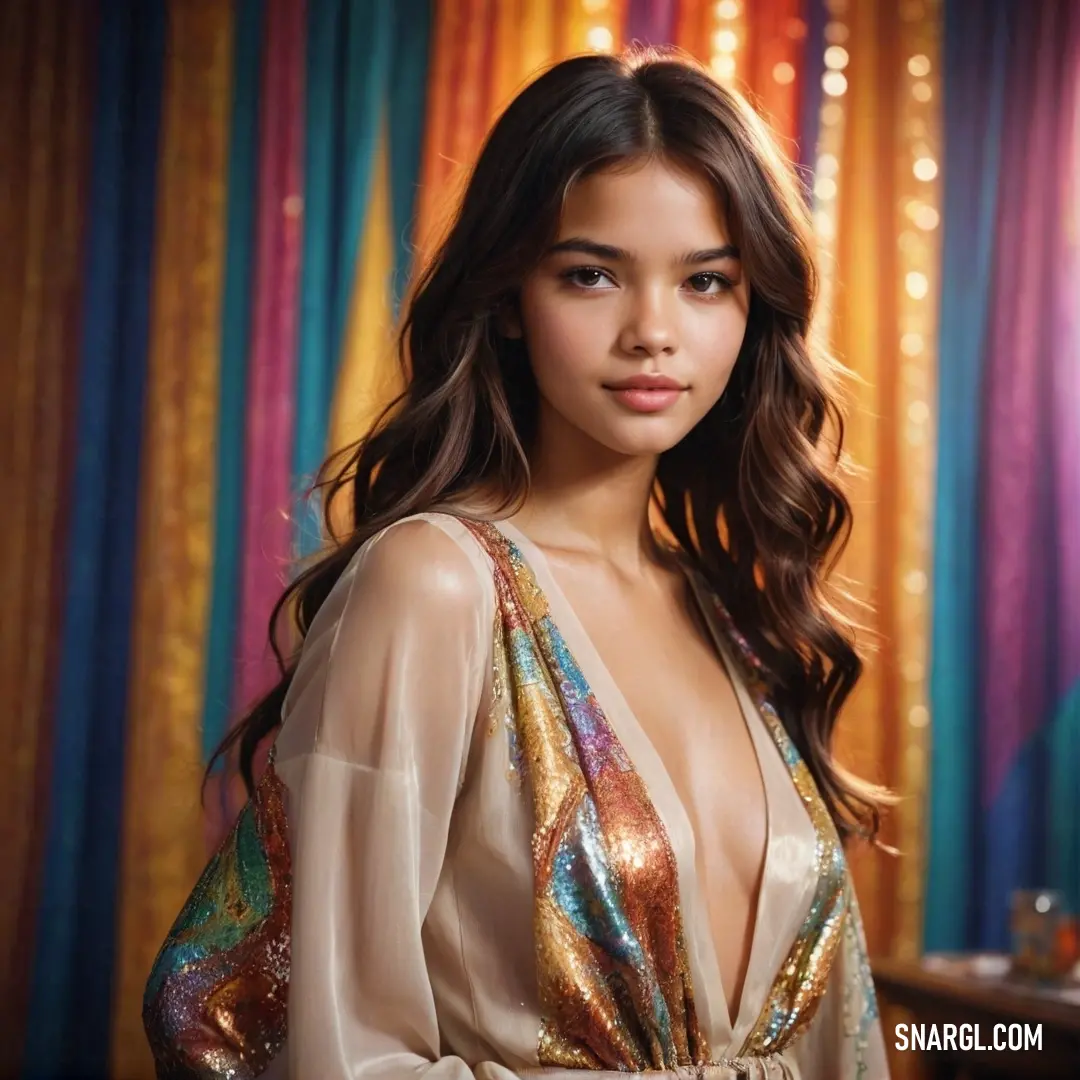
As the day of the event approached, Twill and Captain Crumbs worked tirelessly. Twill spent hours in his dyeing studio, experimenting with new techniques to create eye-catching garments that perfectly captured the essence of the '70s. Captain Crumbs, not to be outdone, scoured local markets for the finest ingredients to ensure his chocolates were a taste sensation.
Finally, the big day arrived. The Fabville Community Center was decked out in rainbow streamers, peace signs, and fairy lights that twinkled like stars. The air was filled with excitement and the irresistible aroma of chocolate wafting through the venue.
As the show began, Twill's creations strutted down the runway - each model radiated confidence in bright hues and playful patterns. The crowd erupted in cheers and applause, reminiscing about the carefree spirit of the '70s. Captain Crumbs stood at the side, delighting guests with samples of his chocolate creations, each piece beautifully wrapped in Twill's stunning fabric.
The event was a resounding success! The townsfolk of Fabville reveled in the combination of fashion and chocolate, sharing laughter, memories, and delicious treats. Twill and Captain Crumbs had not only revived the spirit of the '70s but had also created a sense of community and joy that filled the hearts of everyone present.

As the evening came to a close, Twill and Captain Crumbs stood together, basking in the glow of their accomplishment. "Who knew fashion and chocolate could create such magic?" said Twill, grinning from ear to ear.
"Together, we've made Fabville a little brighter and a lot sweeter!" replied Captain Crumbs, raising a chocolate truffle in salute.
From that day forward, Twill Thriller and Captain Crumbs became legends in Fabville, inspiring generations to embrace the vibrant spirit of the past while celebrating creativity and joy in their everyday lives. And as they continued their journey, the essence of the '70s remained alive in the hearts and closets of the townspeople, a testament to the magic of collaboration and the beauty of friendship.
The Groovy Revival of Glam Stitch Witch and Ridiculous Rumbler
But she needed help. The kind of help that could only come from an unexpected source.

Enter Ridiculous Rumbler, the Panda Nanny. Despite his odd title, Rumbler was no ordinary panda. He had been a legend in the 70s scene - known for his wild sense of fun and outrageous outfits. He knew how to make the world sparkle and shake with laughter. Though now retired from the fashion limelight, Rumbler spent his days taking care of a nursery of baby pandas, who looked up to him with wide, innocent eyes.
One day, Glam Stitch Witch called him. "Rumbler, darling," she said, her voice as smooth as satin. "I'm bringing the 70s back, but I need you. The industry has forgotten how fun, bold, and fearless it can be."
Rumbler chuckled from the other end of the line, scratching his fluffy chin with a paw. "You're asking the right panda, Glam. The world's too dull these days. They need a reminder of what real fun looks like."
And so, the unlikely duo set off on their mission to revitalize the fashion industry with the magic of the 70s. Glam Stitch Witch, with her sharp eye for detail, focused on the intricate patterns - psychedelic swirls, bold florals, and zigzagging stripes. She curated collections that screamed freedom and confidence. Meanwhile, Ridiculous Rumbler, with his natural gift for theatrics, orchestrated runway shows that were more like fever dreams than fashion events.
Their first show, titled "Disco Daydreams," was nothing short of legendary. The models strutted down the runway wearing flared trousers, sequined tops, and platform shoes so high they seemed to float above the ground. Velvet jackets with exaggerated lapels danced under the flashing lights as the iconic tunes of Donna Summer and The Bee Gees pulsed through the venue. The atmosphere was electric - fun, cheeky, and full of life. And at the center of it all was Ridiculous Rumbler, dressed in a glittering jumpsuit, leading the crowd in a funky dance-off between the models and the audience.

Glam watched from behind the scenes, a sly smile on her face. Her intuition had been spot-on - people had forgotten how fun fashion could be, how it could transport them to another world, a world where self-expression reigned supreme and no one was afraid to be a little ridiculous.
The buzz spread like wildfire. Fashion bloggers, influencers, and celebrities couldn't stop talking about it. "Disco Daydreams" was more than just a fashion show; it was a movement. Soon, stores began stocking bell-bottoms and crochet vests, and designers around the world jumped onto the bandwagon.
But Glam Stitch Witch and Ridiculous Rumbler weren't done. Their next show, "Bohemian Bliss," took the audience on a journey through the dreamy side of the 70s - fringed suede jackets, flowing maxi dresses, and oversized sunglasses. Rumbler even brought in his panda protégés, adorably dressed in tie-dye onesies, to steal the show's finale. The audience roared with laughter and applause, completely swept up in the magic of it all.
Their success wasn't just about the clothes or the nostalgia. Glam and Rumbler reminded the fashion industry of something important: fashion is about joy. It's about breaking rules, being bold, and expressing yourself without fear.

In the end, the 70s revival didn't just change the fashion industry - it transformed it. Stores embraced playful colors and daring designs. Designers stopped taking themselves so seriously. And most importantly, people remembered how to have fun with their clothes again.
As for Glam Stitch Witch and Ridiculous Rumbler, they knew their work was done when they saw a city full of people strutting around in rainbow-striped jumpsuits, unafraid to be their true, funky selves.
And with a wink and a wave, they disappeared into the night, ready to spread a little more magic wherever it was needed next.



 Bazaar
Bazaar Burlywood
Burlywood Zinnwaldite
Zinnwaldite Pale yellow
Pale yellow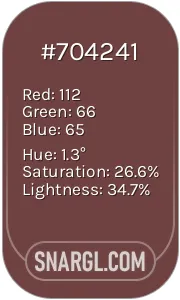 Deep coffee
Deep coffee

 Mauvelous
Mauvelous Rose vale
Rose vale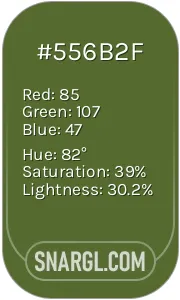 Dark olive
Dark olive Black
Black Snow
Snow

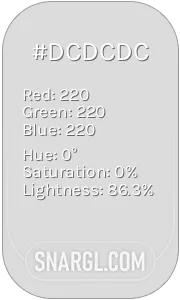 Gainsboro
Gainsboro Cambridge Blue
Cambridge Blue Light slate gray
Light slate gray Dark brown
Dark brown Cadet
Cadet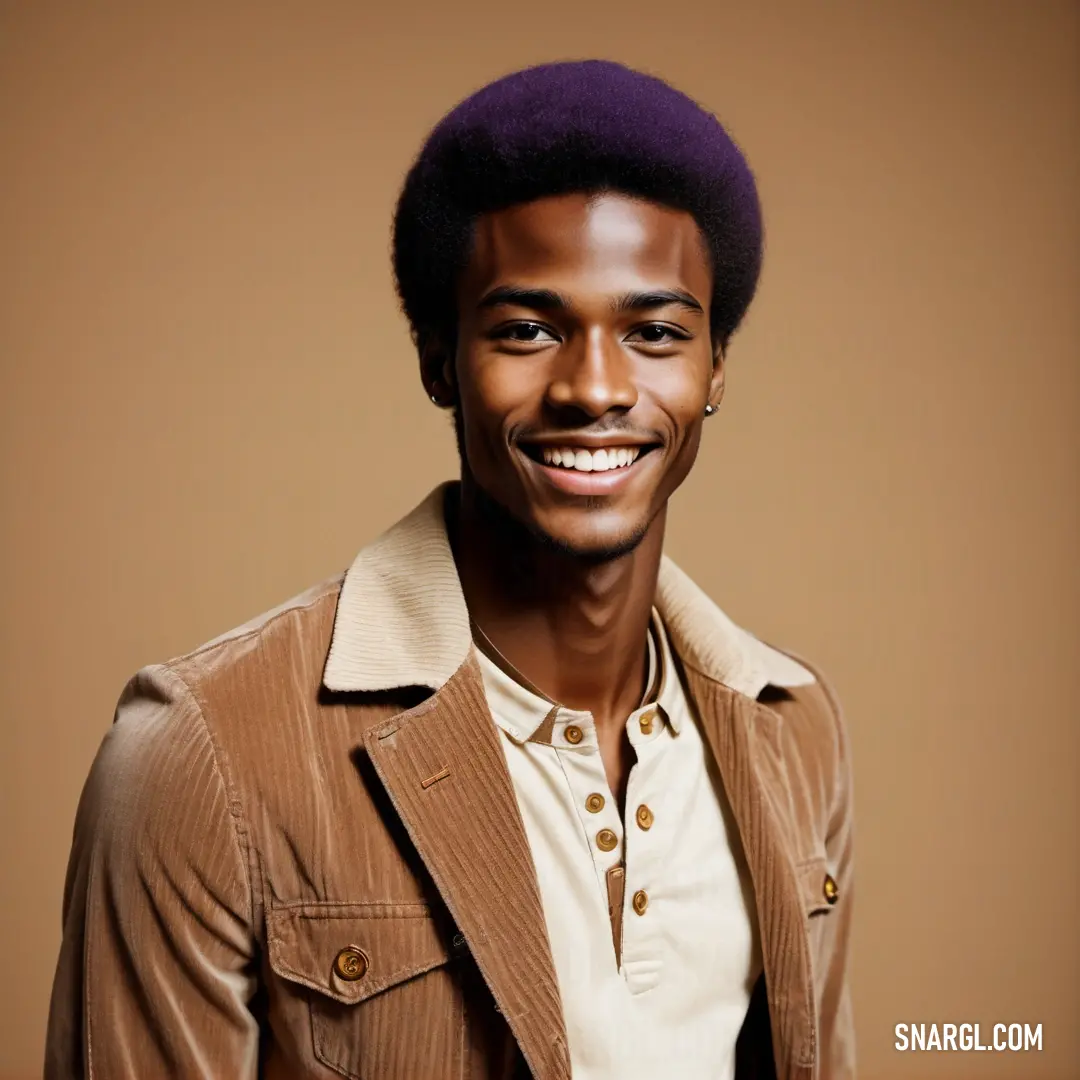

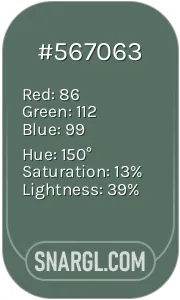 Dark tea green
Dark tea green Tan
Tan Sepia
Sepia Platinum
Platinum UFO Green
UFO Green



 La Salle Green
La Salle Green Cadet grey
Cadet grey Inchworm
Inchworm Smoky black
Smoky black Heliotrope
Heliotrope



 Carrot orange
Carrot orange Pale blue
Pale blue Xanadu
Xanadu Bulgarian rose
Bulgarian rose Ball Blue
Ball Blue



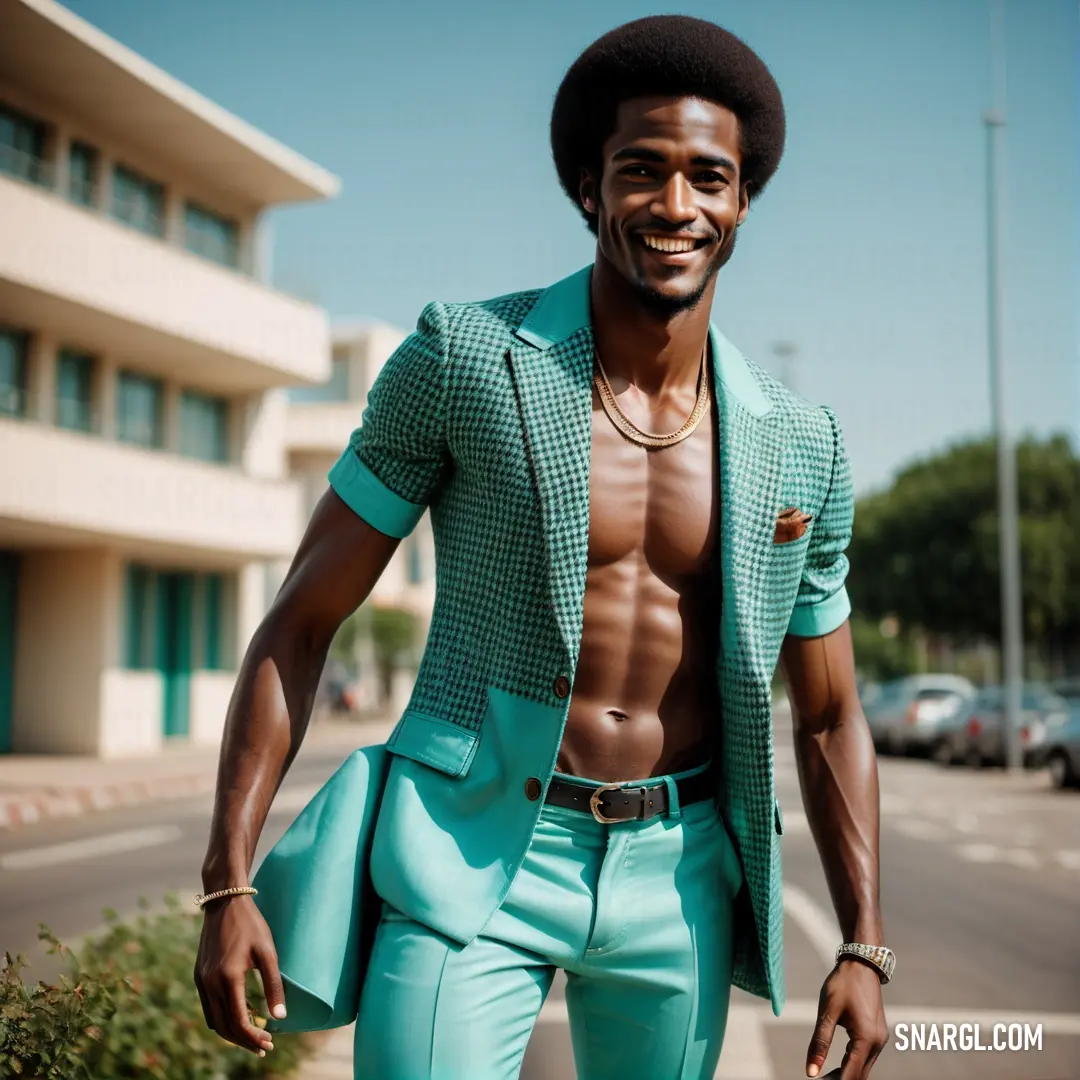
 Tawny
Tawny Indian yellow
Indian yellow Field drab
Field drab Dark slate gray
Dark slate gray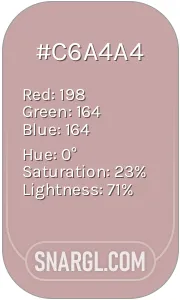 Pale mauve
Pale mauve


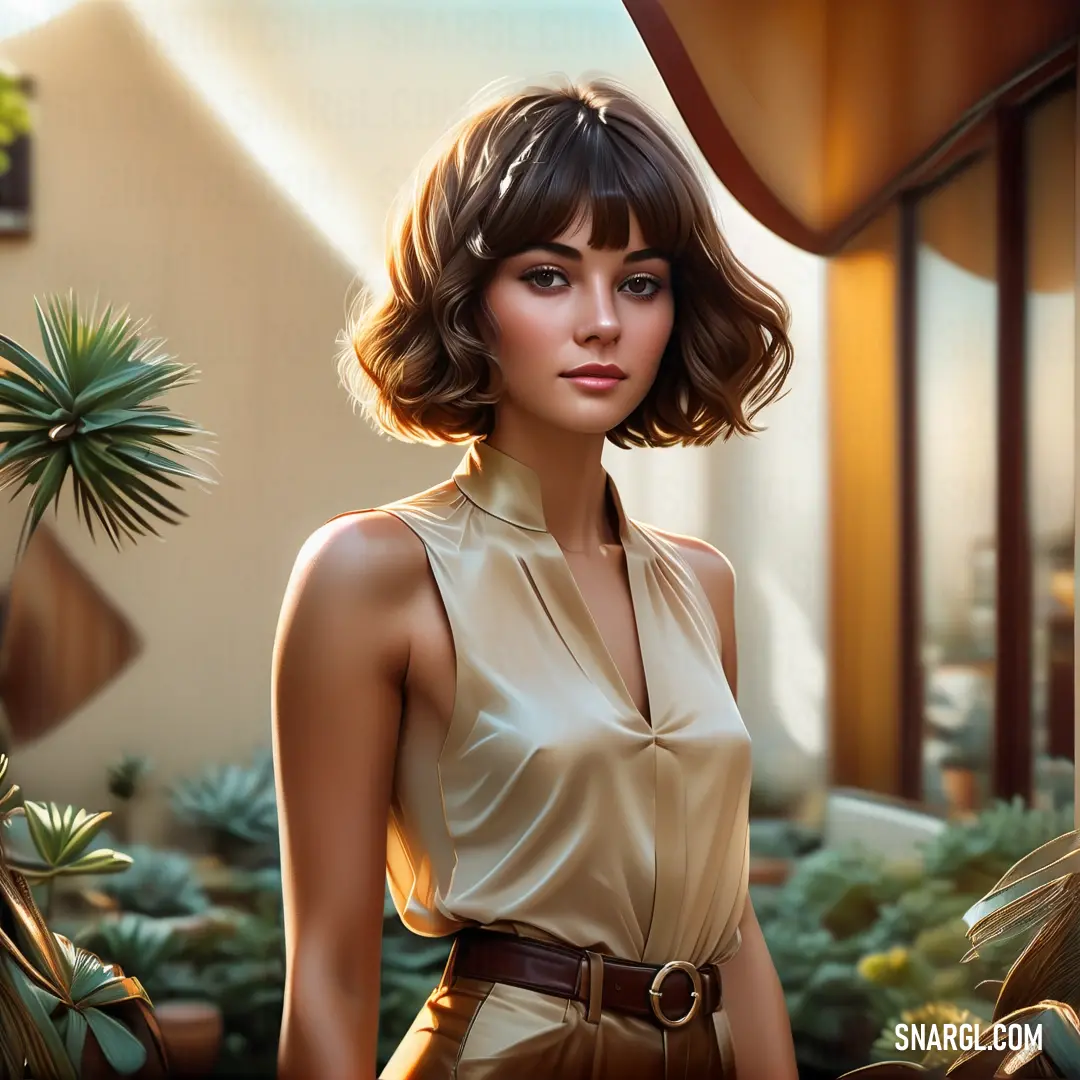
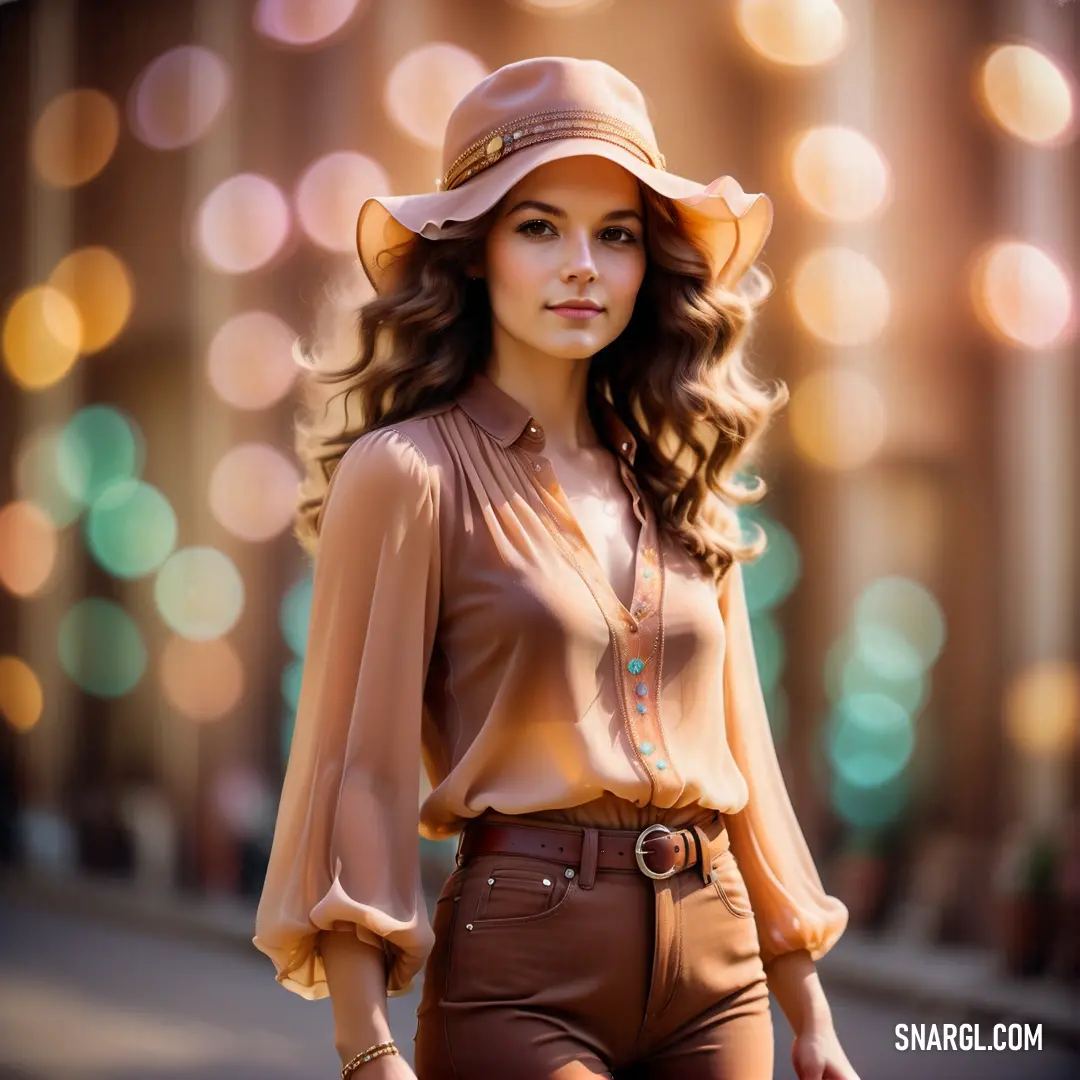

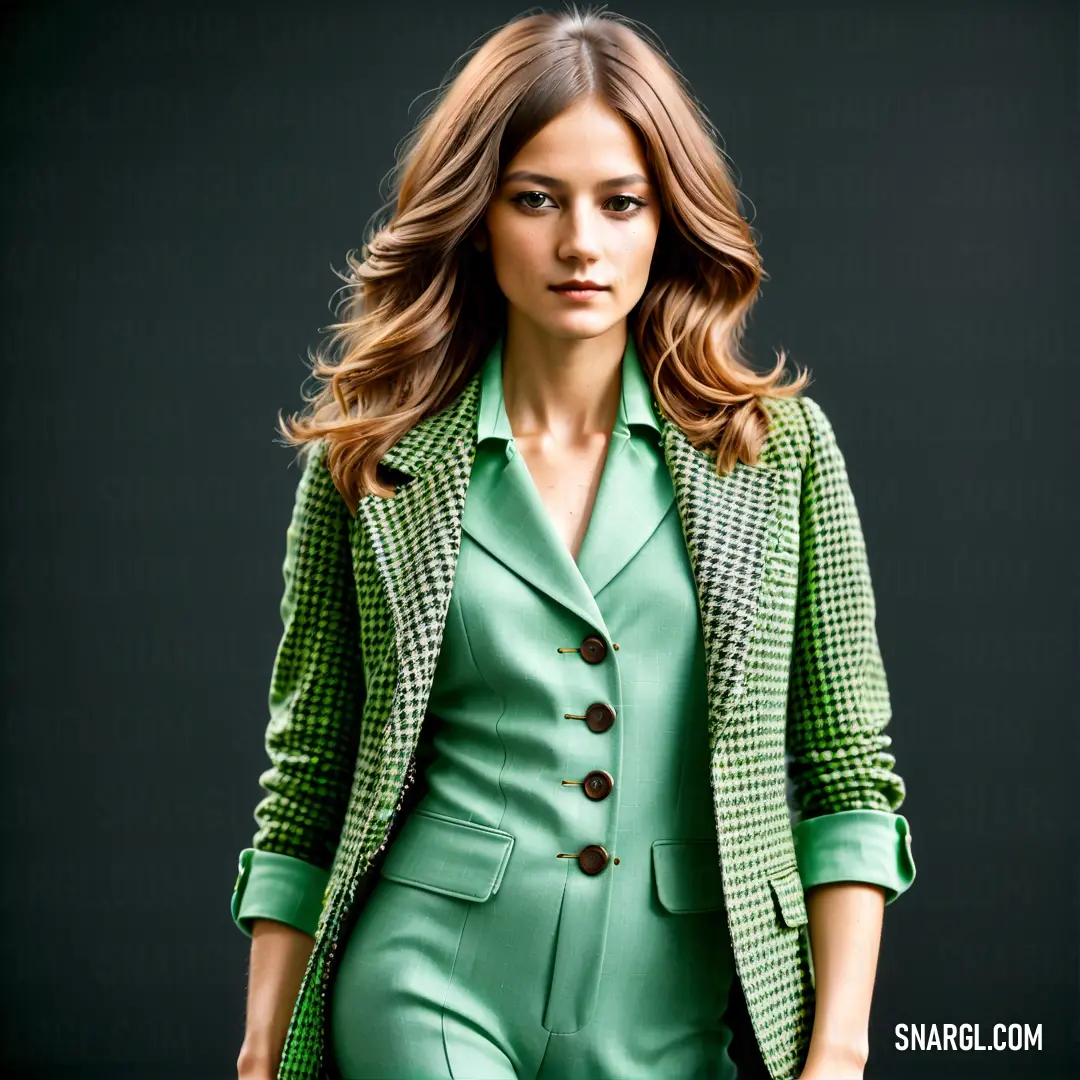
 Topaz
Topaz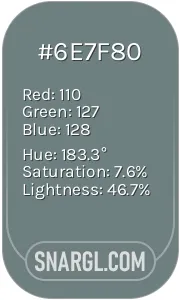 AuroMetalSaurus
AuroMetalSaurus Bole
Bole Tiger eye
Tiger eye



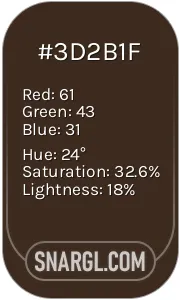 Bistre
Bistre Cerise pink
Cerise pink Old lavender
Old lavender Apricot
Apricot Pale robin egg blue
Pale robin egg blue




 Medium taupe
Medium taupe Antique brass
Antique brass Yale Blue
Yale Blue Mint cream
Mint cream

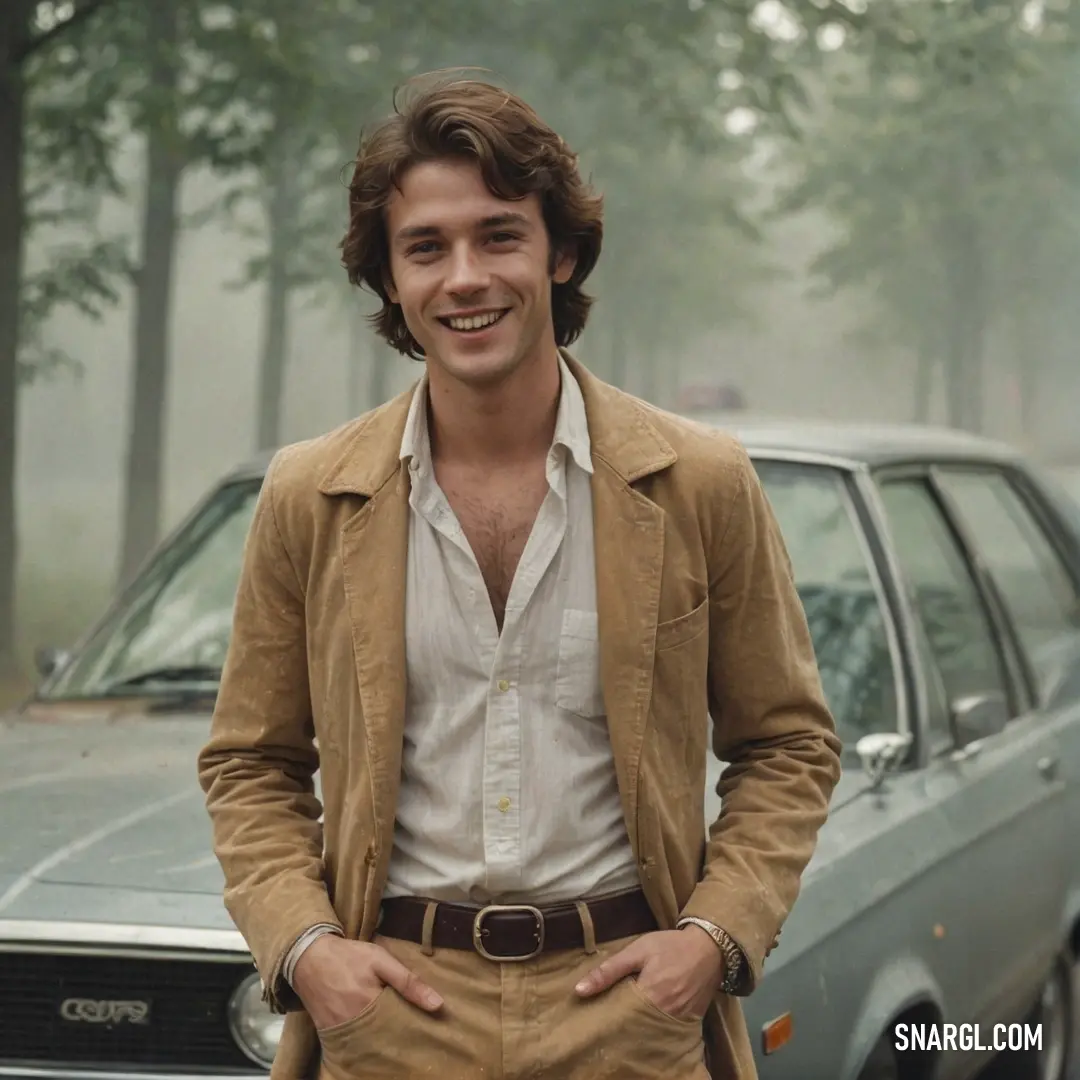




 Cadmium orange
Cadmium orange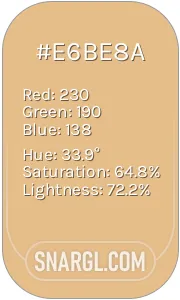 Pale gold
Pale gold Smokey topaz
Smokey topaz Prussian blue
Prussian blue





 Persian plum
Persian plum Deep saffron
Deep saffron Pale brown
Pale brown





 Dark cerulean
Dark cerulean Khaki
Khaki Air Force Blue
Air Force Blue Beau blue
Beau blue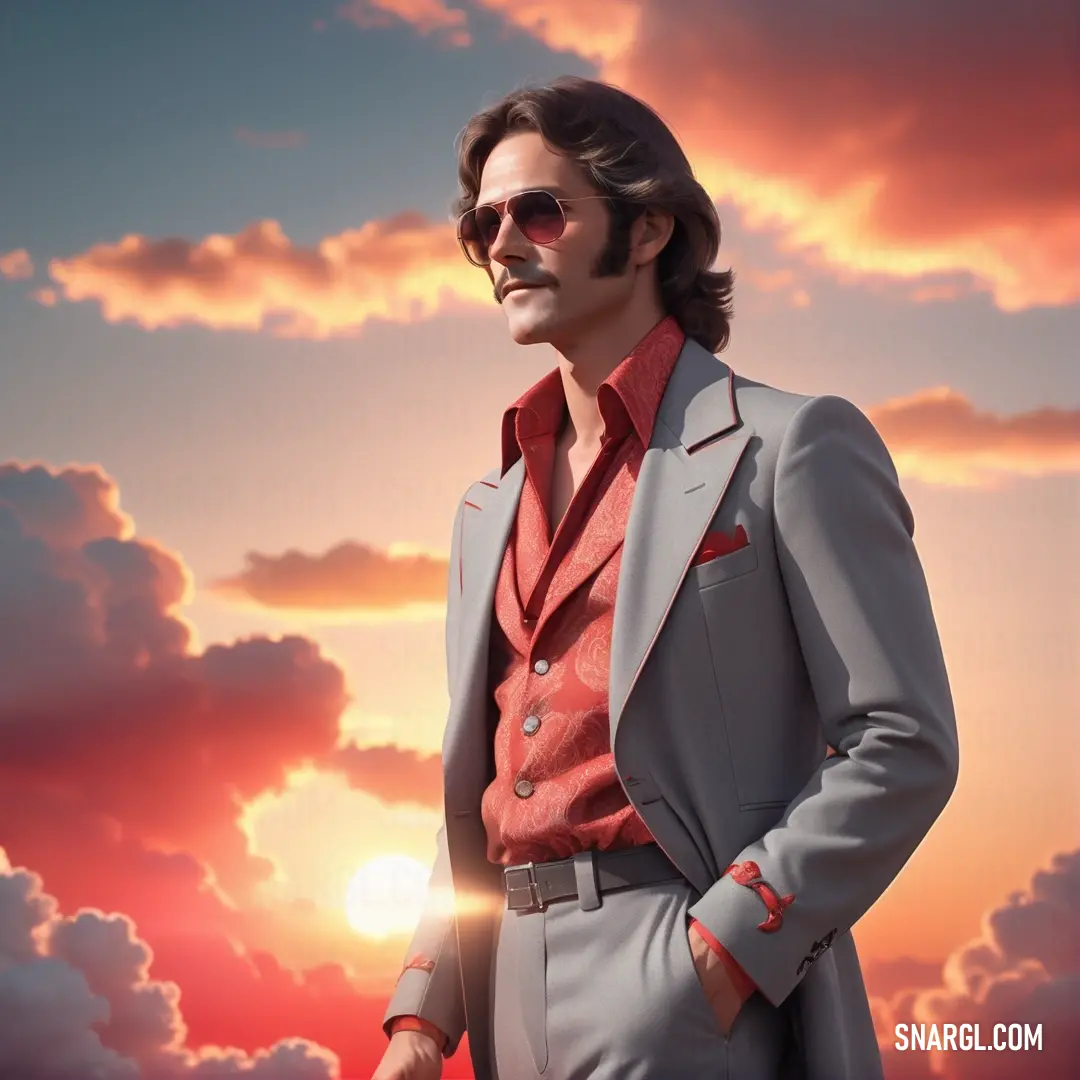

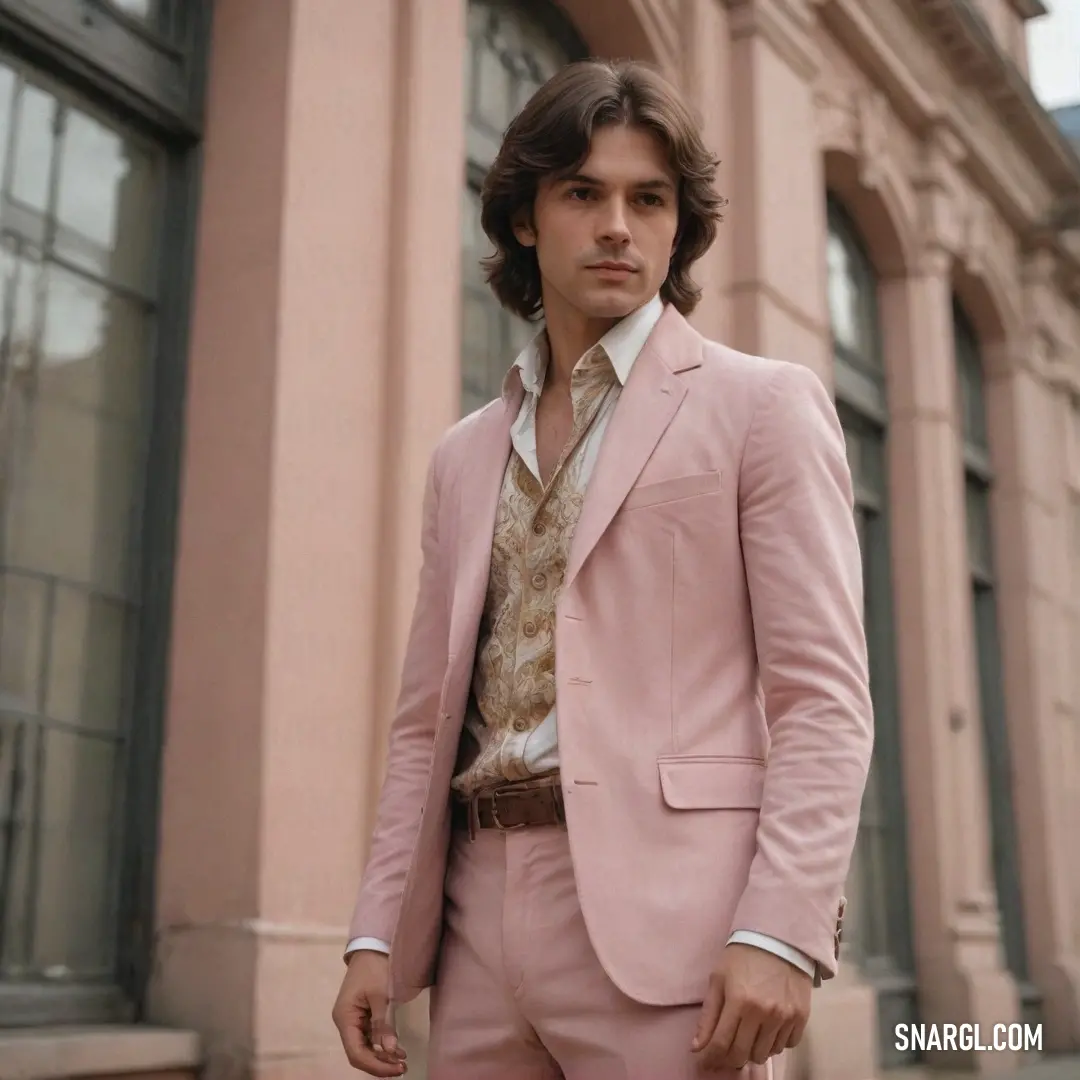

 Lavender purple
Lavender purple Dark cyan
Dark cyan Twilight lavender
Twilight lavender








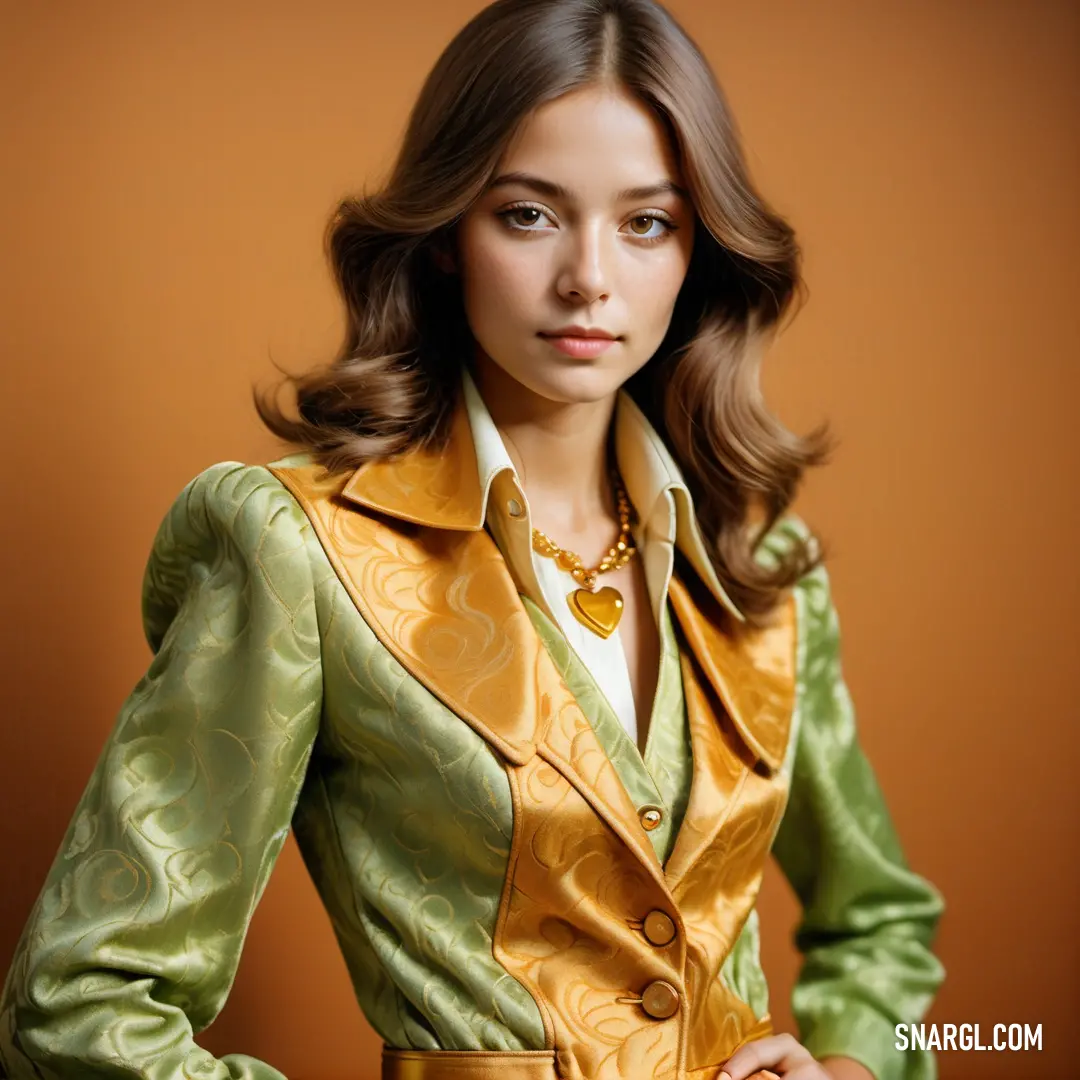
 Sea blue
Sea blue Eggshell
Eggshell




 Persian orange
Persian orange Macaroni and Cheese
Macaroni and Cheese French lilac
French lilac Blanched Almond
Blanched Almond



 Dark jungle green
Dark jungle green Feldgrau
Feldgrau Raw Sienna
Raw Sienna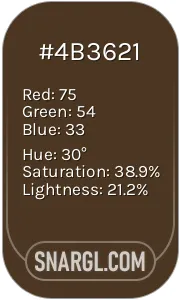 Cafe noir
Cafe noir






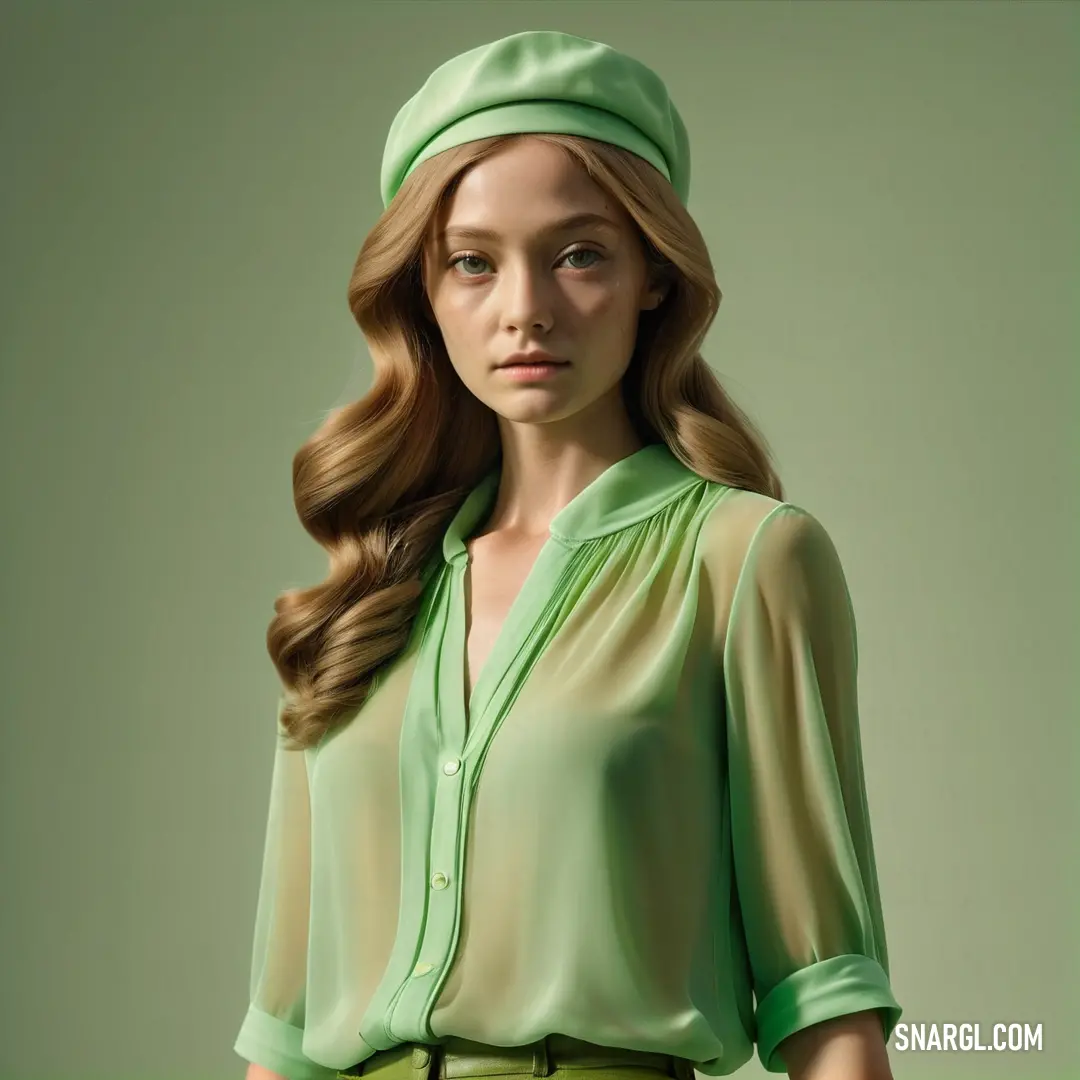



 Dark tan
Dark tan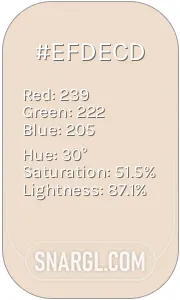 Almond
Almond Onyx
Onyx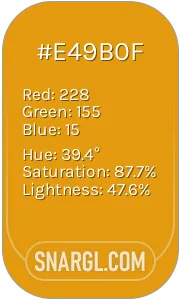 Gamboge
Gamboge Cadet blue
Cadet blue



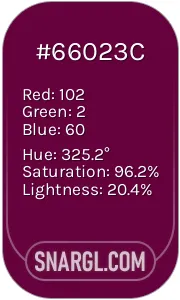 Tyrian purple
Tyrian purple Light gray
Light gray Raspberry rose
Raspberry rose MSU Green
MSU Green







